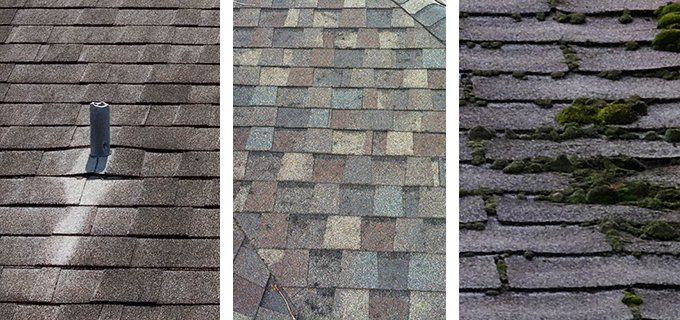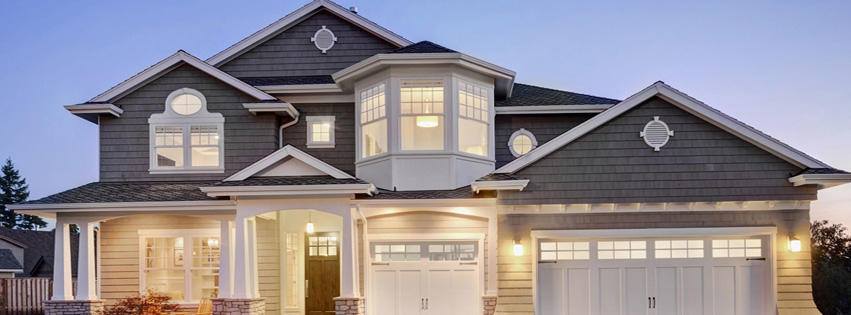Blog Layout
Residential Roofing, Roof Maintenance

The conditions which call for roof repair can be both obvious and hidden. Some roof damage, like open holes where the home’s interior is visible, are easily noticed. Others, however, are less conspicuous, and require a study of roofing materials, system components, and roof features to determine the adequacy of a roof’s safety and security. For these reasons and others, working with a Certified Residential Contractor is advised.
Roof Inspections
Inspections performed by a certified contractor are recommended after a severe storm or following installation of equipment such as satellite dishes or solar panels. During an inspection, the condition of all roof components should be reviewed, noted, and photographed.
Keeping a Roof Log
Since many homeowners are not actively reminded of their roof’s condition to the same degree they might be with an overgrown lawn or chipped exterior paint, keeping a log of roof inspections and related incidents or repairs is recommended. The log should contain names of people working on the roof, date, a brief description of activities, and their locations on the roof. Such a log may assist in more rapidly determining leak locations and the causes if future damage should occur to your roof system.
Here are some general guidelines for a planning an inspection of your roof system:
Is there a leak?
Should your roof develop a leak, it is very important it be handled expeditiously. If left unrepaired, leaks can damage the greater roof system, the building, and its contents.
Is the roof clean?
On a regular basis, roofs should be kept clean; this includes the roof surface, gutters, and downspouts. Any debris, leaves, or tree branches that accumulate should be removed from the roof surface. Excess debris can block water drainage in valleys and outlets, and dry leaves, branches, and pine needles can present a fire hazard.
How does the roof look?
For shingled roof systems, a basic visual inspection can help identify possible problem areas. It may be additionally helpful to compare the current condition to previous years if photographs are available. Carefully check the entire roof surface and all metal flashings for abnormalities such as:
- Damage such as cuts, punctures, or breaks
- Excessive wear and tear or surfacing loss
- Moss and algae growth (black streaks)
- Displaced or curling shingles
- Wind or storm damage
- Visible attacks by spilled chemicals or environmental contaminants, e.g., bird feces
- Unauthorized and/or improperly installed penetrations (satellite dishes, solar panels, etc.)
Are the roof features flashed well?
Not all roofs are fields of shingles; many have chimneys, sidewalls (dormers), skylights, vents, and other features that roofing materials must work around. These rooftop anomalies should be surrounded by flashing that is compatible and properly integrated with the roofing system. Be sure to check that:
- Metal step flashing and counter flashing is present and secure
- Roofing shingles are embedded in roof cement where they contact metal flashing
- The condition of metal on flashings, vent and pipe flanges, gutters and downspouts. Look for rust, holes, damage due to wind and weather, and the condition of seam covers and sealants.
What else is on the roof?
Roof-mounted equipment is an additional consideration during roof inspections. These items can include satellite dishes, solar panels, and air conditioning units — all of which must be checked for damage from wind, service personnel, and leakage of chemicals.
With a Certified Residential Contractor, inspecting and answering these questions about the current condition of your roof will help you better understand why or when a reroof might be necessary for your home.
by Malarkey Roofing Products • July 12th, 2017 • Installation & Maintenance
Speak with a Professional
(732) 566-0944

